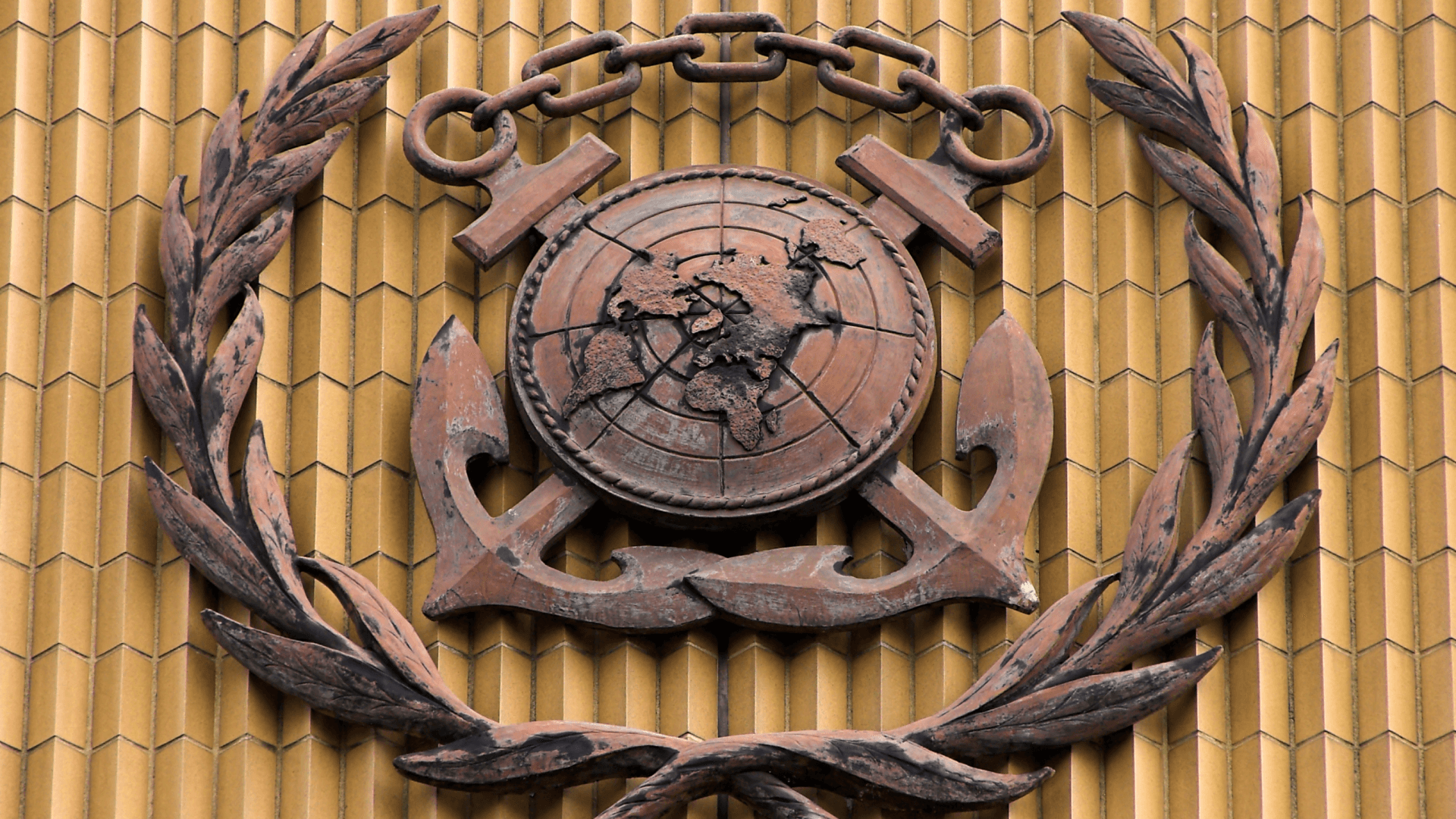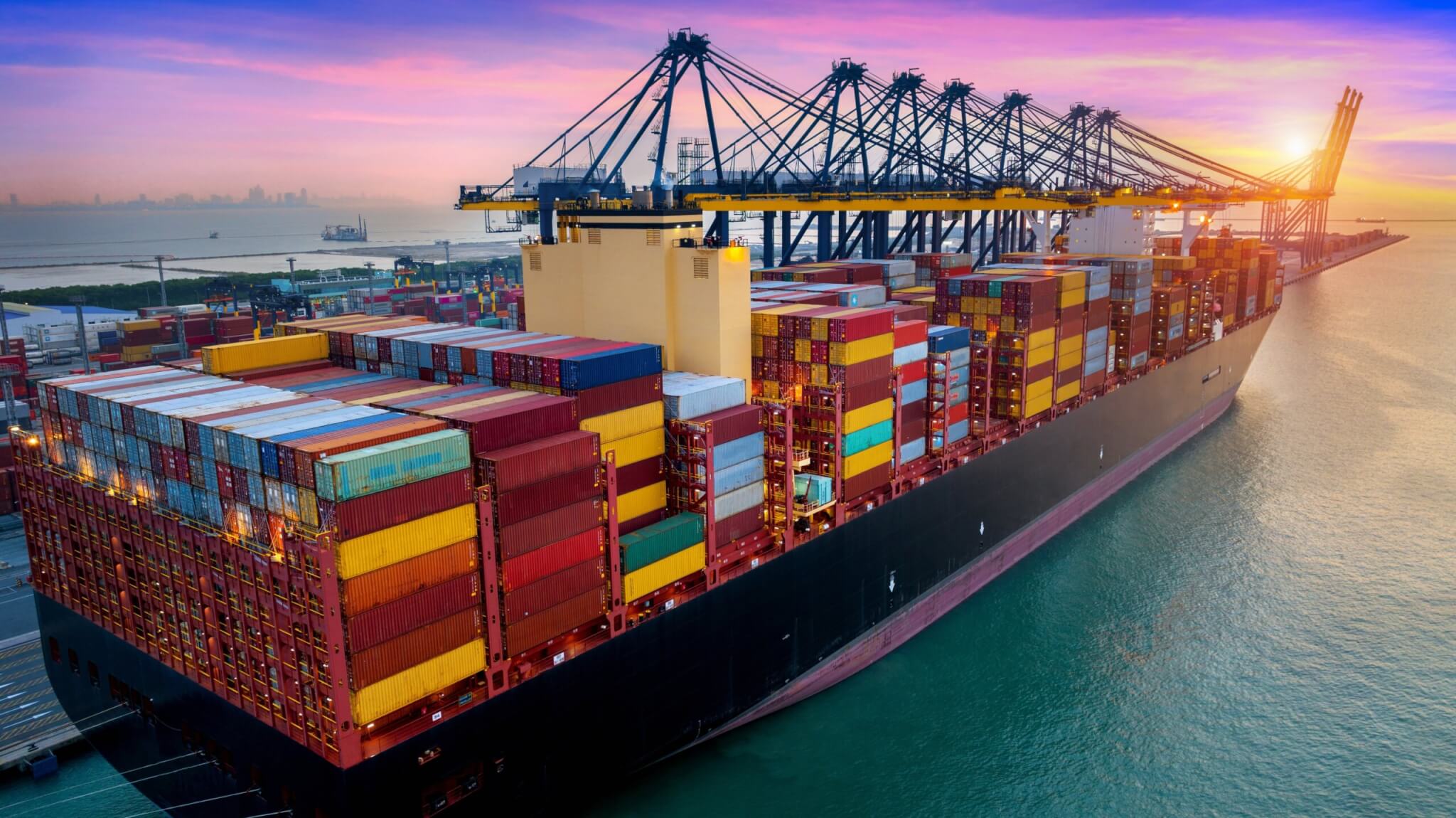
The International Maritime Organization (IMO) is navigating ways to turn its net-zero commitments into action.
In July 2023, the International Maritime Organization (IMO) took a historic step by committing to achieve net-zero emissions in the shipping sector by around 2050. This goal represents a transformative shift for one of the world’s most polluting sectors, offering an opportunity to reduce environmental harm while delivering benefits for communities worldwide.
The IMO’s Marine Environment Protection Committee (MEPC) convened in London from September 30 to October 4, 2024. At the meeting, IMO member states and other participants focused on advancing new policy measures to reduce greenhouse gas (GHG) emissions in shipping.
The IMO’s current discussions now center on how to turn its ambitious commitment into action, with proposals including a Global Fuel Standard (GFS), a carbon levy, and tighter efficiency standards. Climate advocates (including ClimateWorks grantee partners) and some country governments have championed a combination of these measures — which, if set at ambitious levels, can help ensure a timely and just transition for the shipping sector. Below are the key outcomes from the IMO meetings:
1. Widespread support for a carbon levy
More countries have voiced support for robust carbon pricing — including representatives from Africa, Pacific Island countries, the Caribbean, and the European Union, as well as from other climate-vulnerable countries. A carbon levy would discourage polluting fuels while generating revenue to fund a just transition, particularly to support climate-vulnerable regions on cleaner energy adoption.
2. Majority backing for a fuel standard and carbon levy combination
A clear majority now supports combining a global fuel standard with a carbon levy. This dual approach is critical because it accelerates the shift to cleaner shipping technologies while raising the necessary funds to support countries in making this transition. Climate advocates have prioritized the alignment of these two measures to help ensure that emissions reduction efforts are paired with meaningful financial mechanisms.
3. Full life-cycle emission accounting gains ground
A significant topic of discussion at the latest IMO meeting was the growing support for accounting for fuel emissions across their entire life cycle, from extraction to use. This holistic approach is essential as it helps ensure accurate accounting for the full environmental impact of fuels like liquified natural gas (LNG) and unsustainable biofuels. Such accounting practices would help hold the industry to higher environmental standards.
4. Stronger “strive” targets gain traction
A majority of relevant parties are now focusing on the higher “strive” targets set in the 2023 IMO strategy, which aims to set a more ambitious bar for fuel standards. These targets are critical in ensuring that the shipping sector makes faster progress in cutting emissions. Tougher targets mean stricter regulations on the types of fuels ships can use, which will push the industry toward adopting greener technologies and practices at a faster pace.
5. Carbon Intensity Indicator (CII) Review
The recent IMO meeting included discussions on the review process for the Carbon Intensity Indicator (CII), a key efficiency measure for the shipping sector. While the review will be divided into two phases and falls short of an immediate and ambitious overhaul, it leaves the door open for a deeper revision in the future. Keeping the option of stronger efficiency standards on the table is crucial for ensuring that the shipping sector continues to improve fuel efficiency and reduce emissions.
6. Expansion of emission control areas (ECAs)
The IMO adopted two new emission control areas (ECAs) in the Canadian Arctic and Norwegian Sea, and there was support for a potential North Atlantic ECA, which could be formally proposed at the next meeting. ECAs require the use of fuels that limit harmful emissions such as nitrogen oxides (NOx), sulfur oxides (SOx), and particulate matter. These areas are critical for protecting both the environment and public health in sensitive regions, especially where Arctic ecosystems and communities are at risk.
While these are all encouraging developments, the outcomes of the IMO’s efforts will hinge on the final round of negotiations in April 2025. Discussions at the session will focus on the implementation of a price on GHG emissions, the establishment of a global fuel standard, and the enhancement of vessel efficiency standards.
In other words, everything is still on the table and critical decisions are yet to be made. Nonetheless, the momentum built during the recent discussions provides a hopeful signal that shipping, a vital but highly polluting industry, can transition to net-zero emissions in a way that supports people and the planet.

